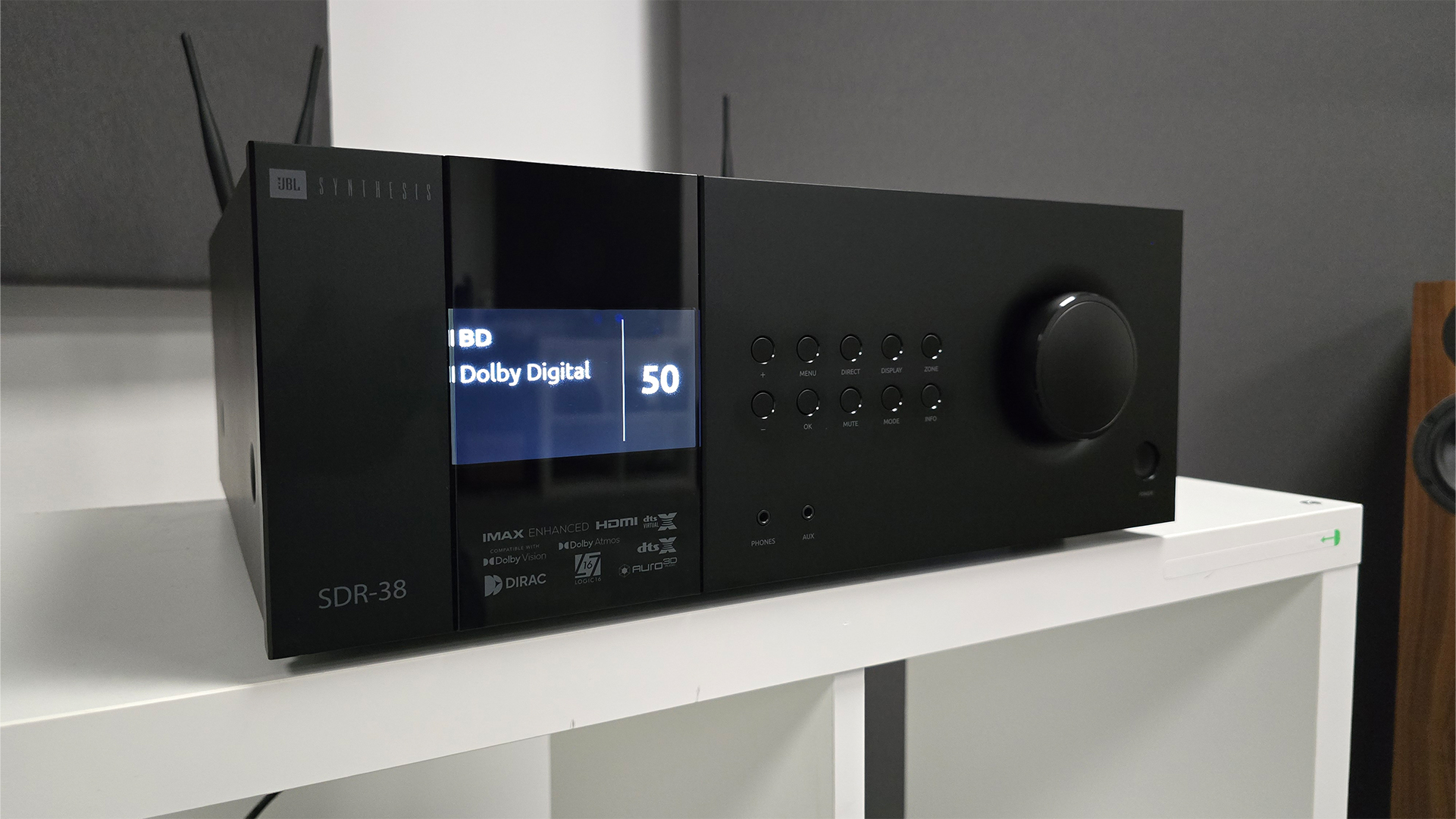Amazon Fire TV Stick 4K Max vs Fire TV Cube: which Amazon streamer is for you?
Which Amazon streamer comes up trumps?
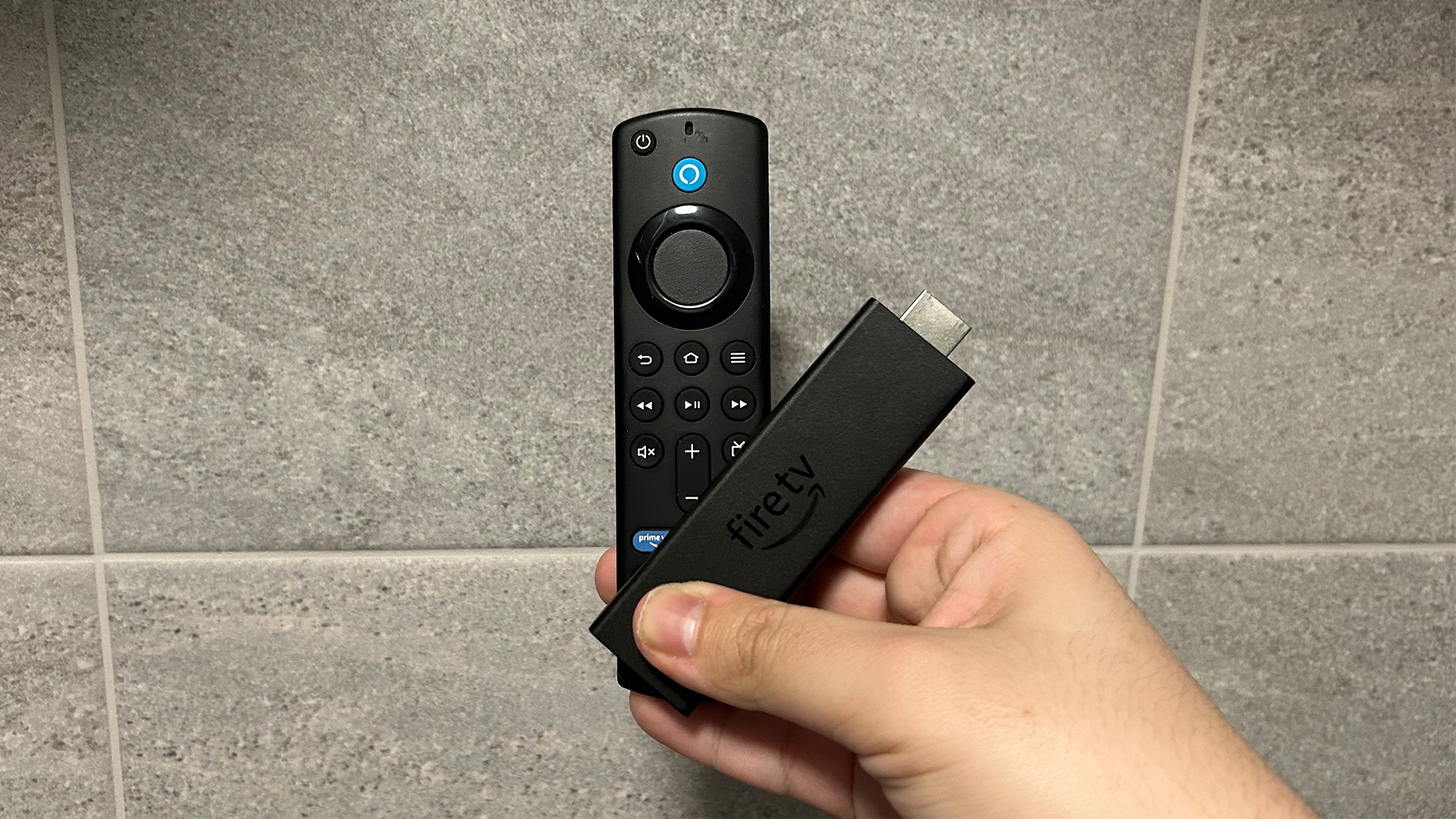
Resolution: 4K, 60fps
HDR: HLG, HDR10, HDR10+, Dolby Vision
Bluetooth: 5.0 + LTE
Dimensions (hwd): 9.9 x 3 x 1.4cm
Amazon's Fire TV Stick 4K Max offers impressive app compatibility and a sharp, punchy picture. But its middling sound quality is a bit of a letdown. That being said, it's still a commendable streaming stick at a competitive price.
Pros
- Good image detail
- Supports all HDR formats
- Competitive pricing
Cons
- Not the cleanest picture
- Sound lacks dynamism
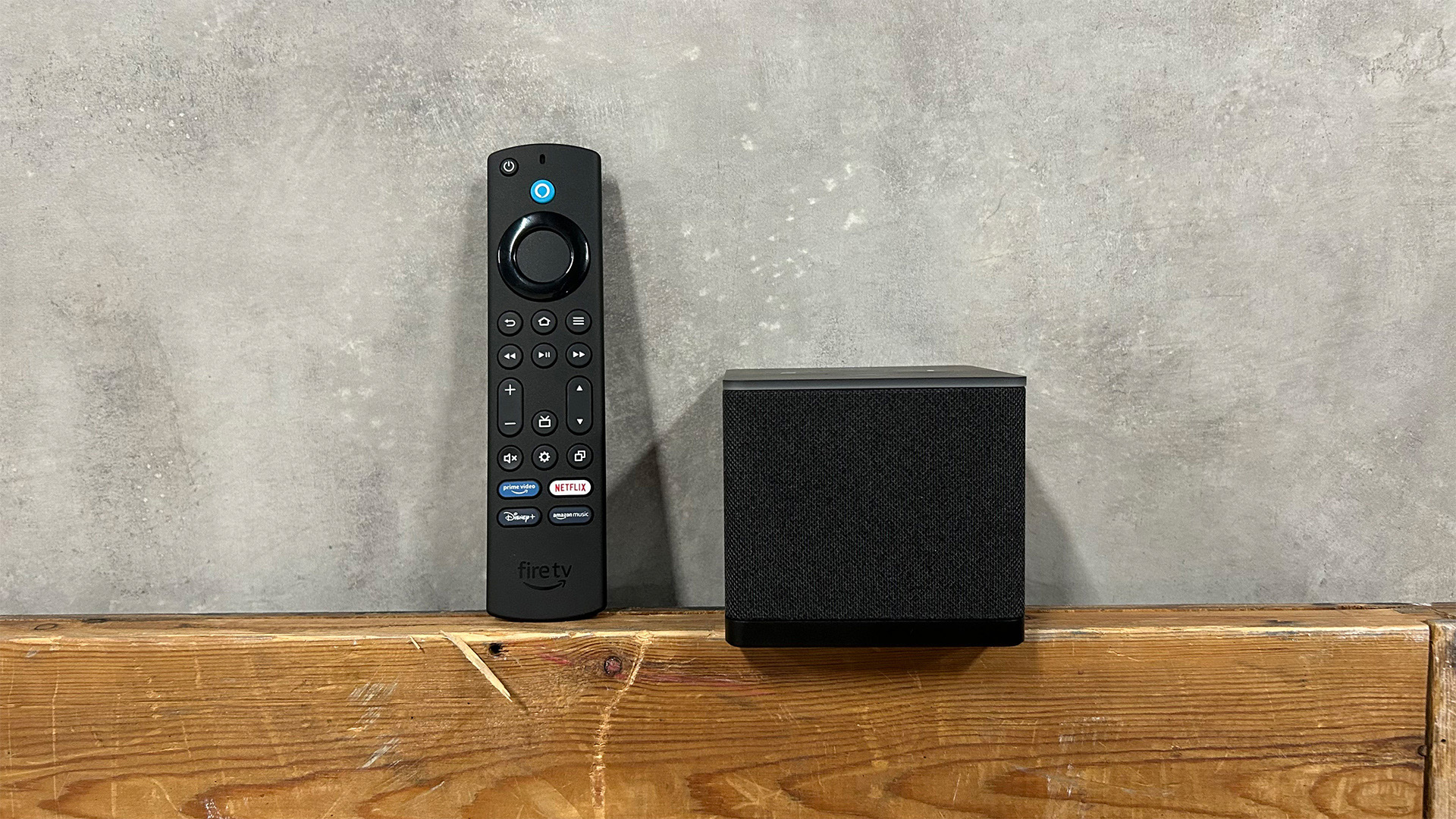
Resolution: 4K
HDR: Dolby Vision, HDR10, HDR10+, HLG
Bluetooth: 5.0 + LE
Dimensions (hwd): 8.6 X 8.6 X 7.7cm
The Fire TV Cube has plenty of power and is a doddle to use thanks to its Alexa voice assistant. And, when it comes to picture quality, it gets the basics right. But a lack of subtlety in both its audio and visual presentation mean it's not as good as we would hope given the relatively high price.
Pros
- Crisp image
- Excellent app compatibility
- Useful smart features
Cons
- Colours lack punch
- Uninspiring visuals
- Lifeless sound
Amazon makes some of the best video streamers around, but its range can feel a bit overwhelming. There's the standard Fire TV Stick, the cheaper Fire TV Stick Lite, the Fire TV Stick 4K, Fire TV Stick 4K Max and the Fire TV Cube. Confused? We don't blame you.
Here we're comparing the Fire TV Stick 4K Max (the top-of-the-range Fire TV Stick) and the Fire TV Cube, which sits above the Fire TV Stick as a more premium – and more expensive – option.
So what does each offer? How much do they cost? And which is right for you? Let's find out.
Amazon Fire TV Stick 4K Max vs Fire TV Cube: price

There's not a big difference in performance between the two devices, but the price differential is huge. The Fire TV Stick 4K Max nominally sells for £65 / $55 / AU$99, and the Fire TV Cube is officially priced at £140 / $140 / AU$219. That makes the Fire TV Cube more than twice the price of the Fire TV Stick 4K Max.
Deals? But of course. Amazon regularly discounts its devices quite heavily, especially come big sale events such as Prime Day or Black Friday. So keep a lookout for a bargain.
That being said, the Fire TV Cube is likely to stay more expensive than the Fire TV Stick 4K Max regardless of the deal.
Winner: Amazon Fire TV Stick 4K Max
The latest hi-fi, home cinema and tech news, reviews, buying advice and deals, direct to your inbox.
Amazon Fire TV Stick 4K Max vs Fire TV Cube: design
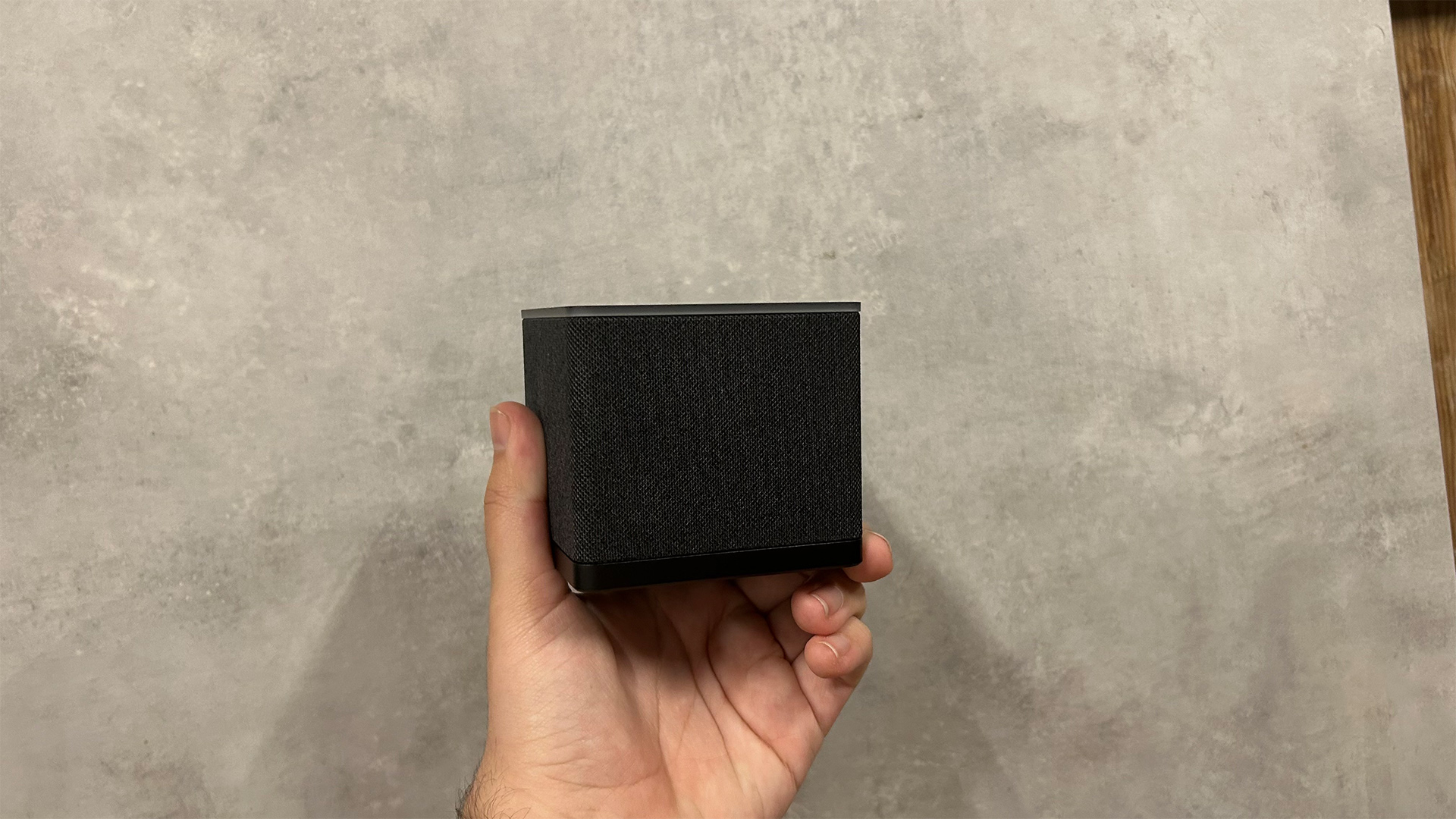
In terms of design, the two devices are very different propositions. The Fire TV Stick 4K Max is very much a streaming stick – you plug it into your TV's HDMI port around the back of the set and forget about it. Whereas the Fire TV Cube sits as part of your home AV setup.
The Fire TV Stick 4K Max looks just like all the other Fire TV Sticks available – a plastic rectangle that resembles a USB thumb drive. There's an HDMI connector at one end and a micro-USB port on the side for power. How quaint – we would have preferred USB-C any day.
It's a chunky beast, and could well block the next HDMI port over on your TV – that's why Amazon bundles it with an HDMI extender adapter.
The Fire TV Cube is much bigger – it's a little too big to fit in a coat pocket – and as the name suggests, it's cube-shaped (well, cuboid, to be exact). It's had a design refresh since its previous generation model, now sporting a fabric mesh around it like a summer frock. The second-generation model was clad in black plastic.
There's a cutout for the ports, which include an HDMI in, an HDMI out (both of which are HDMI 2.1), a power socket, an IR extender port, a USB-A socket and an ethernet connector. Which is way more connections than the Fire TV Stick 4K Max.
The Fire Cube also doubles as an Alexa smart speaker when your TV is turned off, so it features volume up and down buttons, as well as those to summon and disable the Alexa voice assistant. You can also activate Alexa using the remote, which offers pretty much the same buttons – and shortcut buttons to streaming services – as the Stick 4K Max's but in a slightly different layout.
Winner: Amazon Fire TV Cube
Amazon Fire TV Stick 4K Max vs Fire TV Cube: features
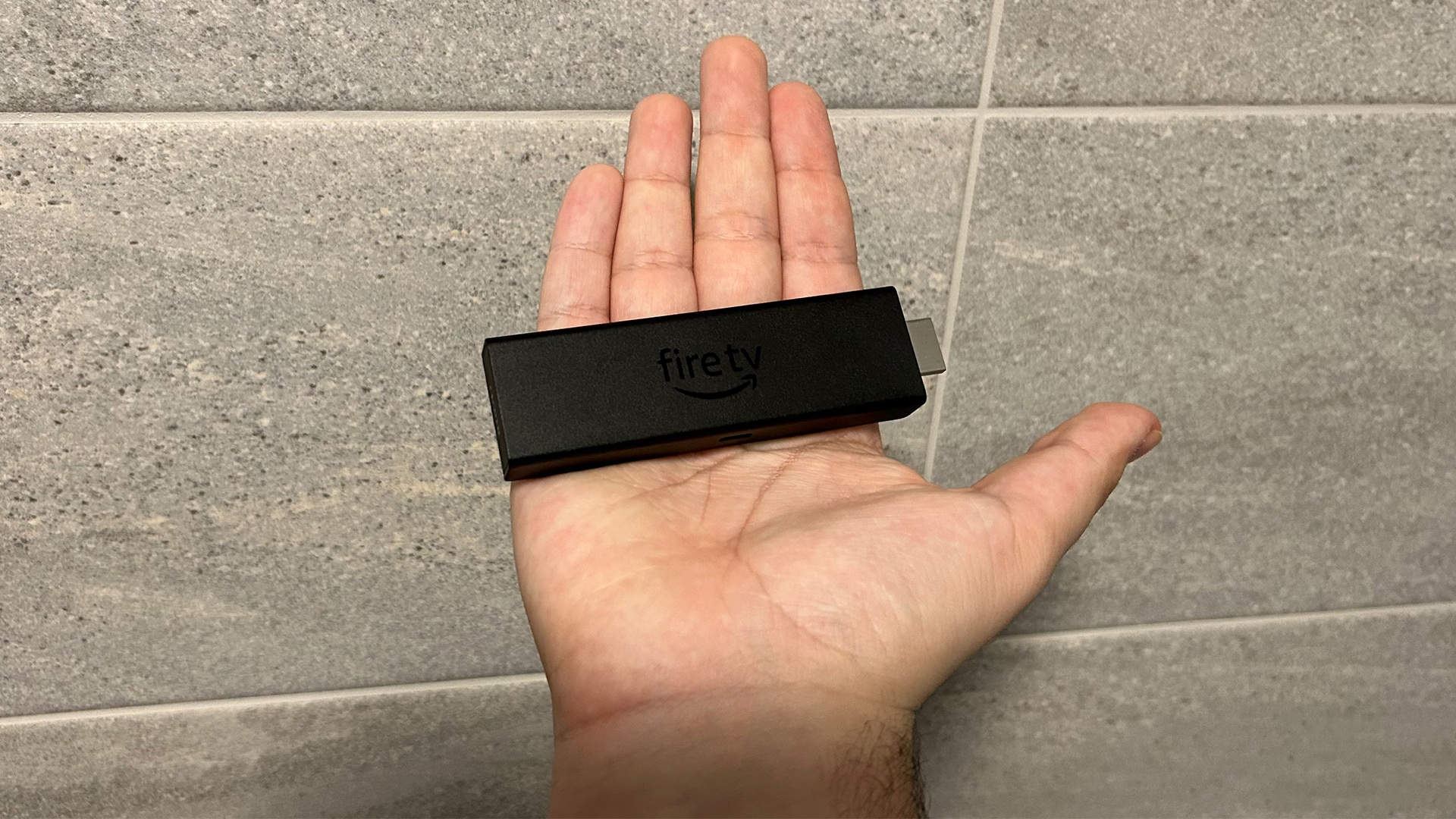
The main selling point of the Fire TV Cube over a standard streaming stick is the enhanced features and improved performance. With regards to the former at least, the Fire TV Cube doesn't disappoint.
Voice controls are deeply embedded, so much so that you can turn your TV on and off and use the Cube as a voice-activated smart speaker when the TV is off. And of course, as with the Fire TV Stick 4K Max, you can open apps, find content, get answers to all sorts of questions, set timers and more just by speaking.
It supports 4K and all formats of HDR: HDR10, HDR10+, Dolby Vision and HLG. It also supports Dolby Atmos for virtual 3D surround sound.
Having that HDMI input is handy, too, partly because it means you don't lose an input on your TV when you connect the Fire TV Cube, but also because it allows you to control the connected device using Alexa (or the Cube's remote).
The octa-core processor is twice as fast as the one inside the Fire TV Stick 4K Max, and it supports Wi-Fi 6E for smoother streaming (provided your router also supports it). Almost all major streaming services are supported, for both TV/movies and music/podcasts, with Apple Music the one notable absence.
So how does the Fire TV Stick 4K Max compare? It has the same app selection as the TV Cube, with most major streaming services present and correct (Prime Video and Amazon Music, naturally, plus Netflix, Disney Plus, Apple TV, Paramount+, BBC iPlayer, ITV X, Spotify, Tidal and Deezer).
The device is pretty responsive, with menus loading quickly enough, though it's not quite as smooth an experience as the Fire TV Cube. It also supports 4K, the same formats of HDR and Dolby Atmos sound, and Wi-Fi 6, just like the Cube. But it lacks the same port selection, meaning no hardwiring it to your router for a more stable connection.
Winner: Amazon Fire TV Cube
Amazon Fire TV Stick 4K Max vs Fire TV Cube: picture

Being top of the tree when it comes to Amazon's Fire TV Sticks, the 4K Max has pretty decent picture quality. Its image is sharp and detailed. Objects are well defined, with plenty of detail and crisply rendered textures. Colours are well handled, there's ample punch and strong black depth and dark detail.
Viewed in isolation, it's impressive, though it's not up to the standards of non-Amazon rivals such as the Chromecast with Google TV.
The Fire TV Cube is better, as you would hope from a pricier, more powerful device. But it's not that much better. It handles the fundamentals well enough, but it never quite scales the heights of a truly engaging, cinematic experience.
Skin and environmental textures are sharp and clean, and again, objects are clearly defined. Detail is impressive, colours less so. It's all a bit muted, with a notable absence of punch or vibrancy. Contrast is average, making for a flat, unengaging image.
It is better than the Stick 4K Max, especially with motion – we see none of the Stick's judder during busy scenes with lots of movement. But is it worth twice the price of the Stick 4K Max? Certainly not on picture quality alone.
Winner: Amazon Fire TV Cube
Amazon Fire TV Stick 4K Max vs Fire TV Cube: sound
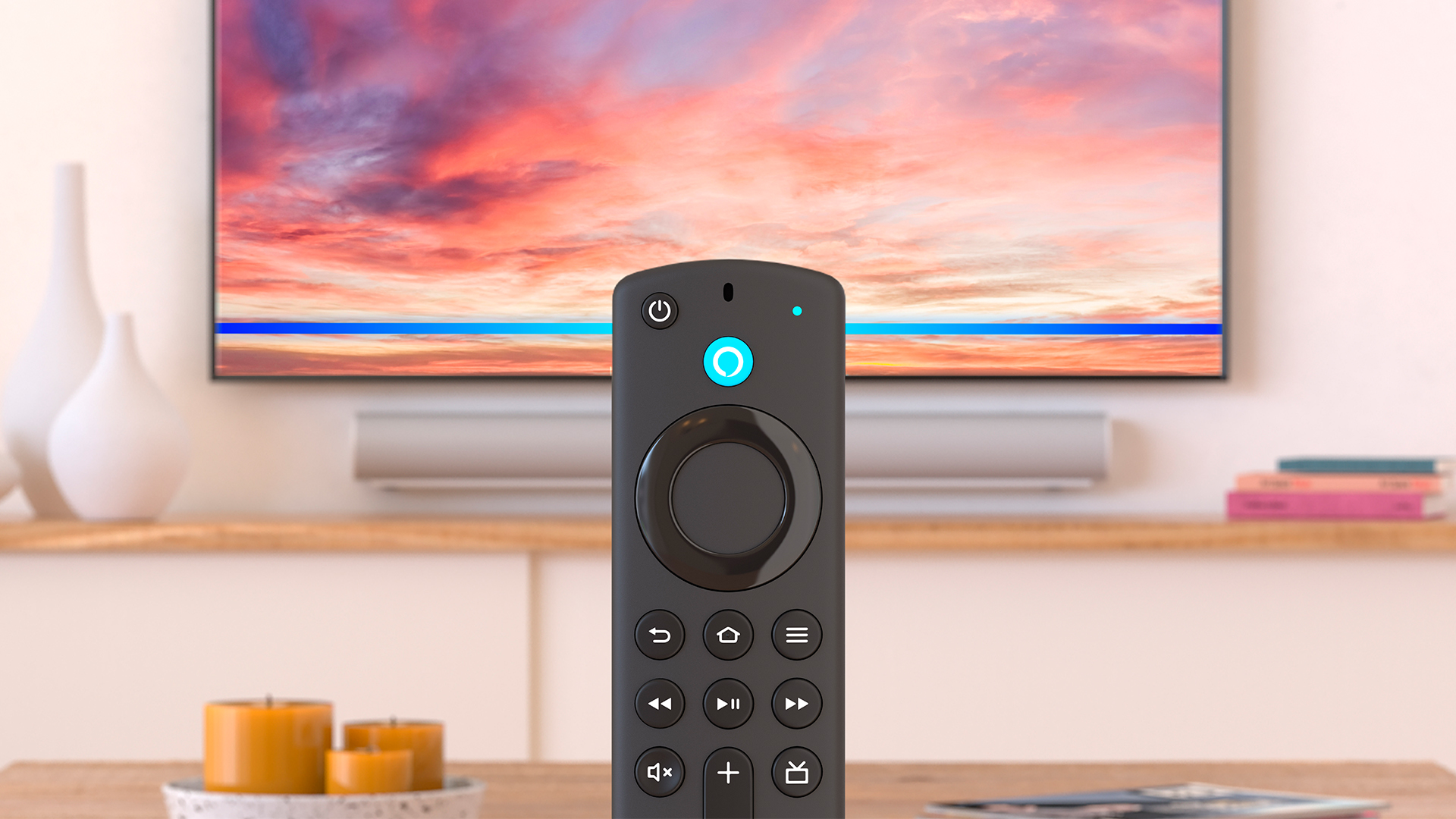
The same can be said of the Cube's audio performance There's nothing particularly wrong with its sound, it's just a bit uninspiring. If you're looking for subtlety and nuance, you'll be disappointed.
It's generally fine for movie and TV audio, but for music it's all a bit flat and emotionless. It mishandles dynamics in such a way that actively detracts from a track, while there's a definite lack of warmth and texture. To cap it all, the timing is off. Not a great performance.
It's a similar story with the Stick 4K Max. It's fine for TV and movies, with a convincingly spacious delivery with definite directionality. But it's mostly focussed on enhancing bolder sounds rather than bringing subtler tones to the fore. Music again lacks warmth, and generally sounds a bit flat.
So which is better? Surprisingly, the Fire TV Stick 4K Max actually comes out on top in a direct side-by-side comparison. It has superior dynamics, and sounds a lot more natural overall. Given the lacklustre performance of both in this area, the TV Stick 4K Max is the least-worst option.
Winner: Amazon Fire TV Stick 4K Max
Amazon Fire TV Stick 4K Max vs Fire TV Cube: verdict
The Fire TV Cube is the more capable device – it has more connections, more power and better picture quality. But it's all a question of bang for buck.
If you want the slightly better picture quality and more connections, and favour the Amazon ecosystem, then it's a no-brainer. But if your budget is a bit more limited and sound is more of a priority, chances are you'll be more than amply served by the Fire TV Stick 4K Max.
Overall winner: Amazon Fire TV Stick 4K Max
MORE:
Amazon Fire TV Stick 4K Max vs Google Chromecast with Google TV: which is better?
Check out our picks for the best media streamers
And finally the best TVs to accompany your new streaming stick
Joe has been writing about tech for 20 years, first on staff at T3 magazine, then in a freelance capacity for Stuff, The Sunday Times Travel Magazine (now defunct), Men's Health, GQ, The Mirror, Trusted Reviews, TechRadar and many more. His specialities include all things mobile, headphones and speakers that he can't justifying spending money on.

